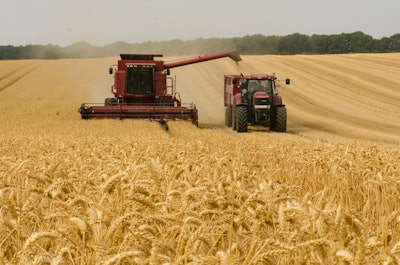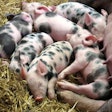
The COVID-19 pandemic is something the United States has never experienced in its history. The large scale destruction of farmland and processing facilities in the Southern United States during the Civil War and the dustbowl on the Great Plains in the 1930s may be the closest analogies, says a report fromIowa State University.
At this moment, every state and municipality is mobilized to fight the coronavirus outbreak. Until a vaccine is developed, that mobilization is mostly in the form of social distancing and the curtailment of a majority of the economic sector in which U.S. consumers used to obtain roughly half their food.
Both measures have led to marketing problems throughout food supply chains, with immediate and dramatic impacts across the country.
Iowa is the United States’ second-largest agricultural state, and the impact on Iowa’s agricultural producers, especially of soybean, corn, ethanol, pork and beef is expected to be massive. In its study,Iowa State Universityestimates an overall annual damage of roughly $788 million for corn, $213 million for soybean, approximately $2.9 billion for ethanol, $658 million for fed cattle, $34 million for calves and feeder cattle, and $2.1 billion for hogs.
As more data become available and as the pandemic evolves, these estimates will certainly change, but for now they represent the university's best assessment of the impact on these industries.
In related news, a report from theUniversity of Missouripresents a preliminary analysis of the impact of the COVID-19 pandemic on agricultural markets in the U.S. using information available prior to April 9, 2020.
There is considerable uncertainty regarding the outcomes from this unprecedented event, but this report traces some of the early indications of the macroeconomic and market changes through to the key variables for the agricultural sector.
Additionally, Dr. Pat Westhoff presented the Engage 4 MO webinar below, presented by the University of Missouri’s Division of Applied Social Sciences.
(Note: Webinar begins at 2:00 minute mark.)





















